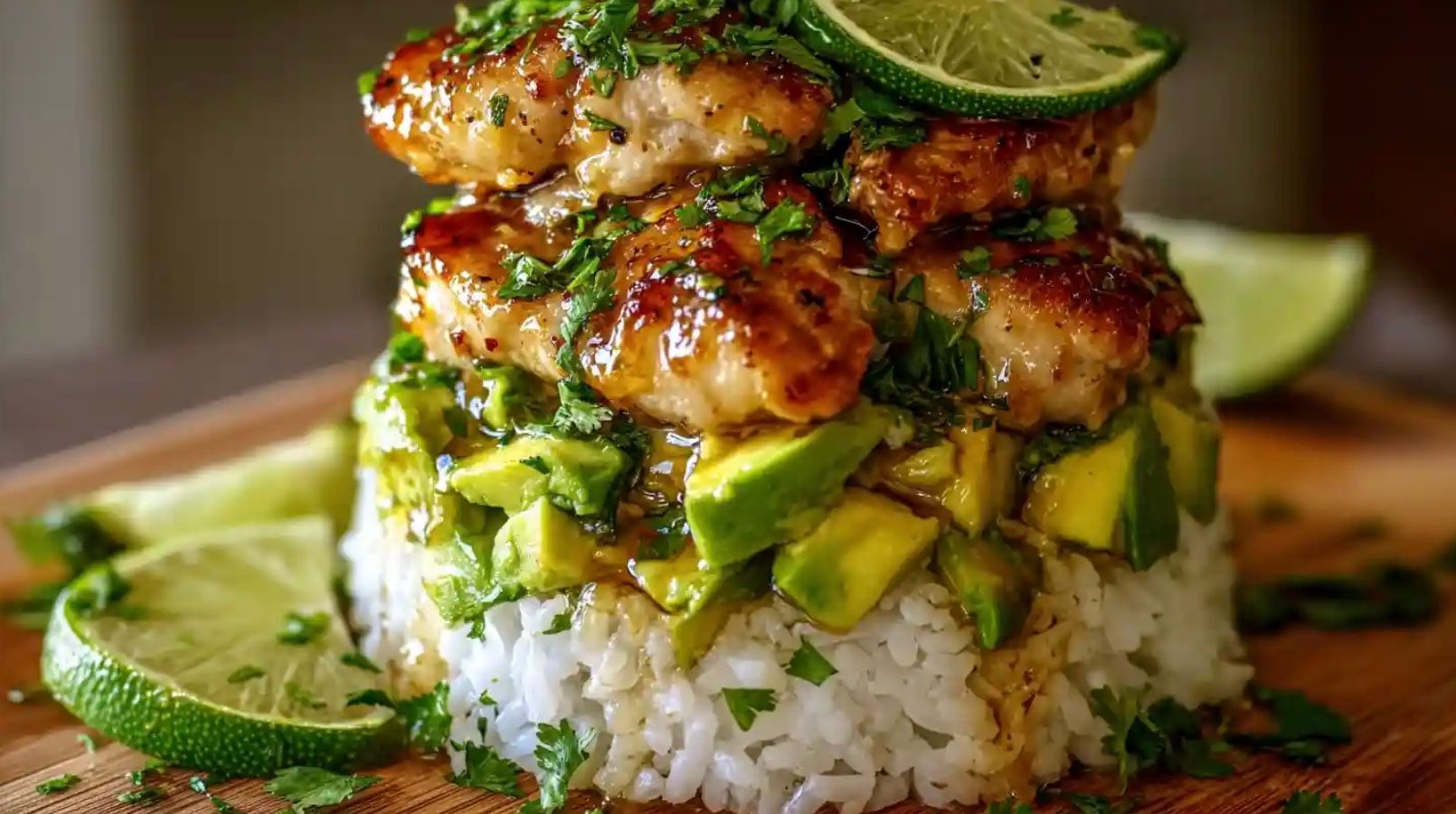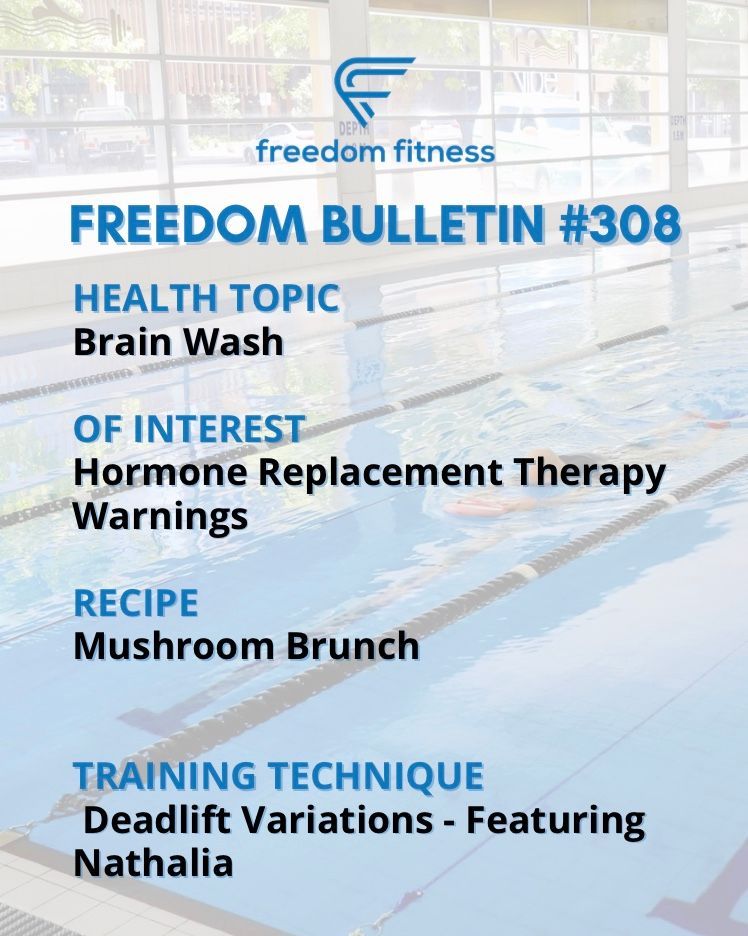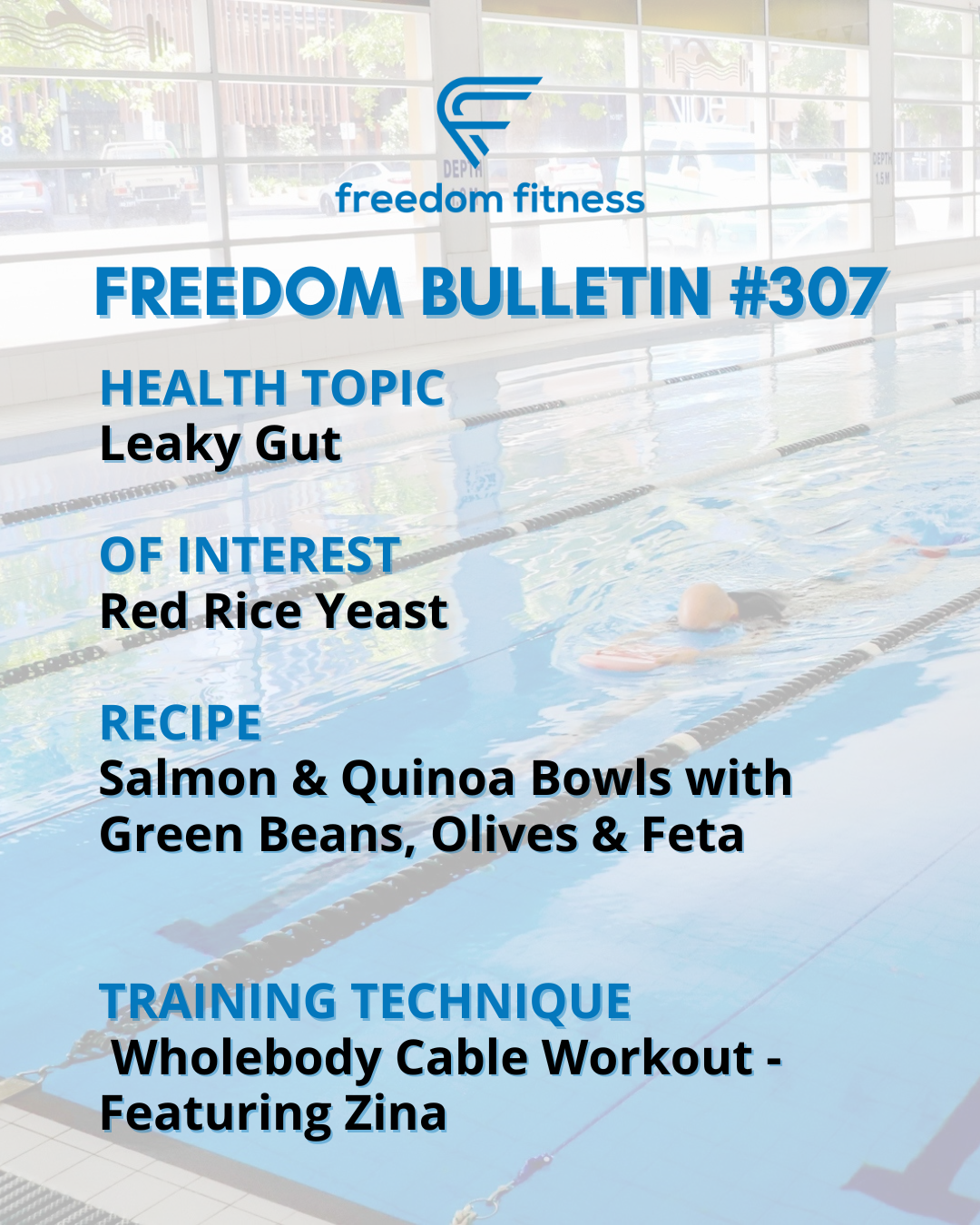August 16, 2020
Facts About Fasting

Ingredients 2 tbsp honey Juice and zest of 1 lime 1 tbsp olive oil 1 lb boneless skinless chicken, cubed 1 garlic clove, minced Salt & pepper, to taste 2 cups cooked rice (white or brown) 1 tbsp lime juice 1 tbsp chopped cilantro (optional) 1–2 ripe avocados, mashed Juice of ½ lime Salt & pepper, to taste Instructions Step 1 Marinate the chicken In a medium bowl, whisk together the honey, lime juice and zest, olive oil, garlic, salt, and pepper. Add in the cubed chicken. Toss to coat. Cover and refrigerate for 15–30 minutes. Step 2 Cook it golden Heat your best skillet for cooking chicken over medium-high. Sear the chicken without stirring for 2–3 minutes, then cook through, about 6–8 minutes total. Temp should hit 165°F. Step 3 Brighten the rice Fluff the warm rice with a fork. Stir in lime juice, salt, and cilantro if you like. Keep it fresh, not heavy. Step 4 Smash the avocados In a bowl, mash the avocados with lime juice, salt, and pepper. Don’t overdo it you want texture. Think creamy with little bites left in. Step 5 Stack it tall Place a ramekin or ring mold on the plate. Spoon in a layer of rice, then avocado, then the honey lime chicken. Press gently, lift the mold. A little tower of joy. Nutrition and Cooking Times Serves: 4 | Prep time: 15 minutes | Cook time: 15 minutes Total time: 30 minutes Nutrient Value per serve: Calories: 420kcal | Protein: 32g | Fat: 18g | Carbohydrates: 32g


